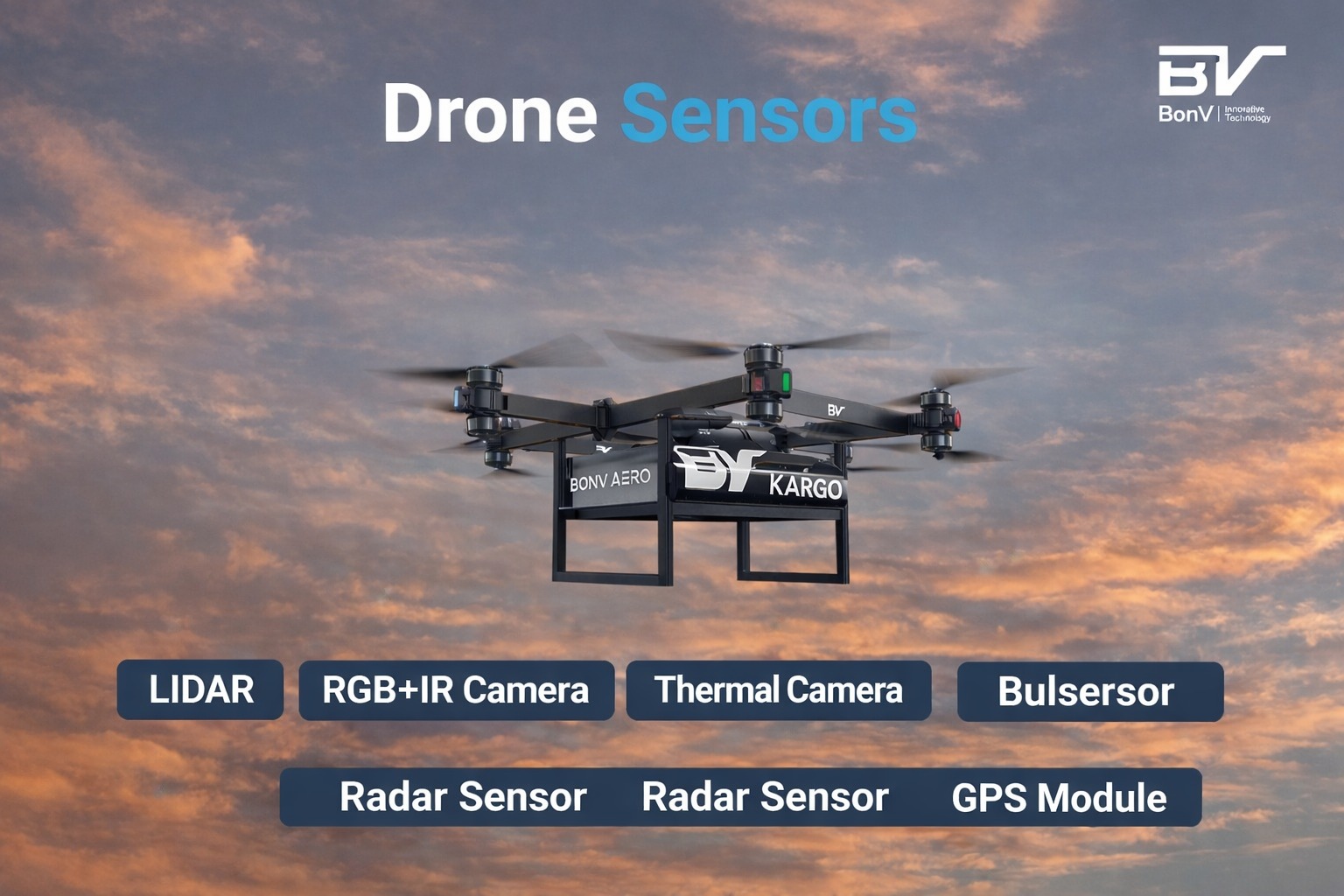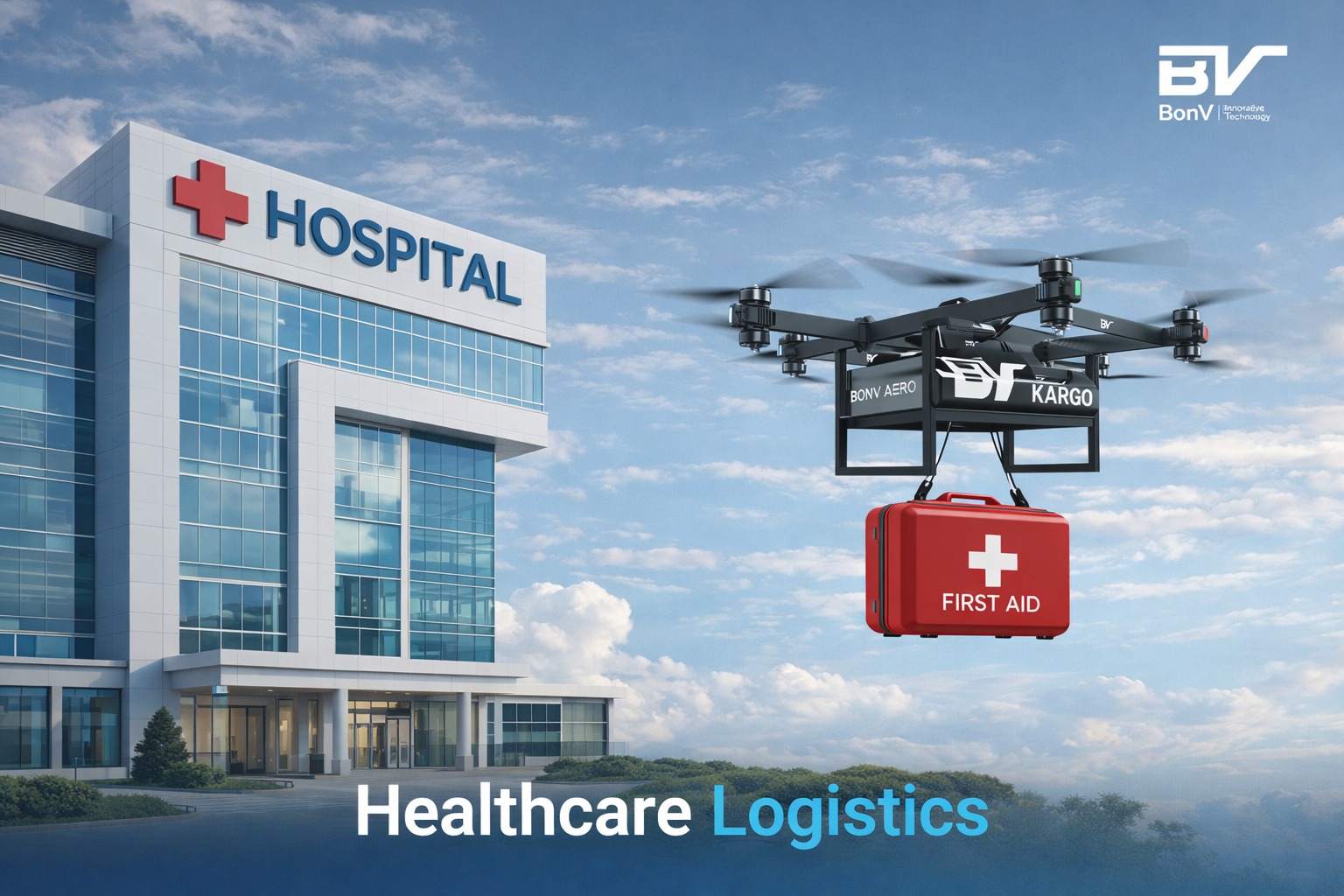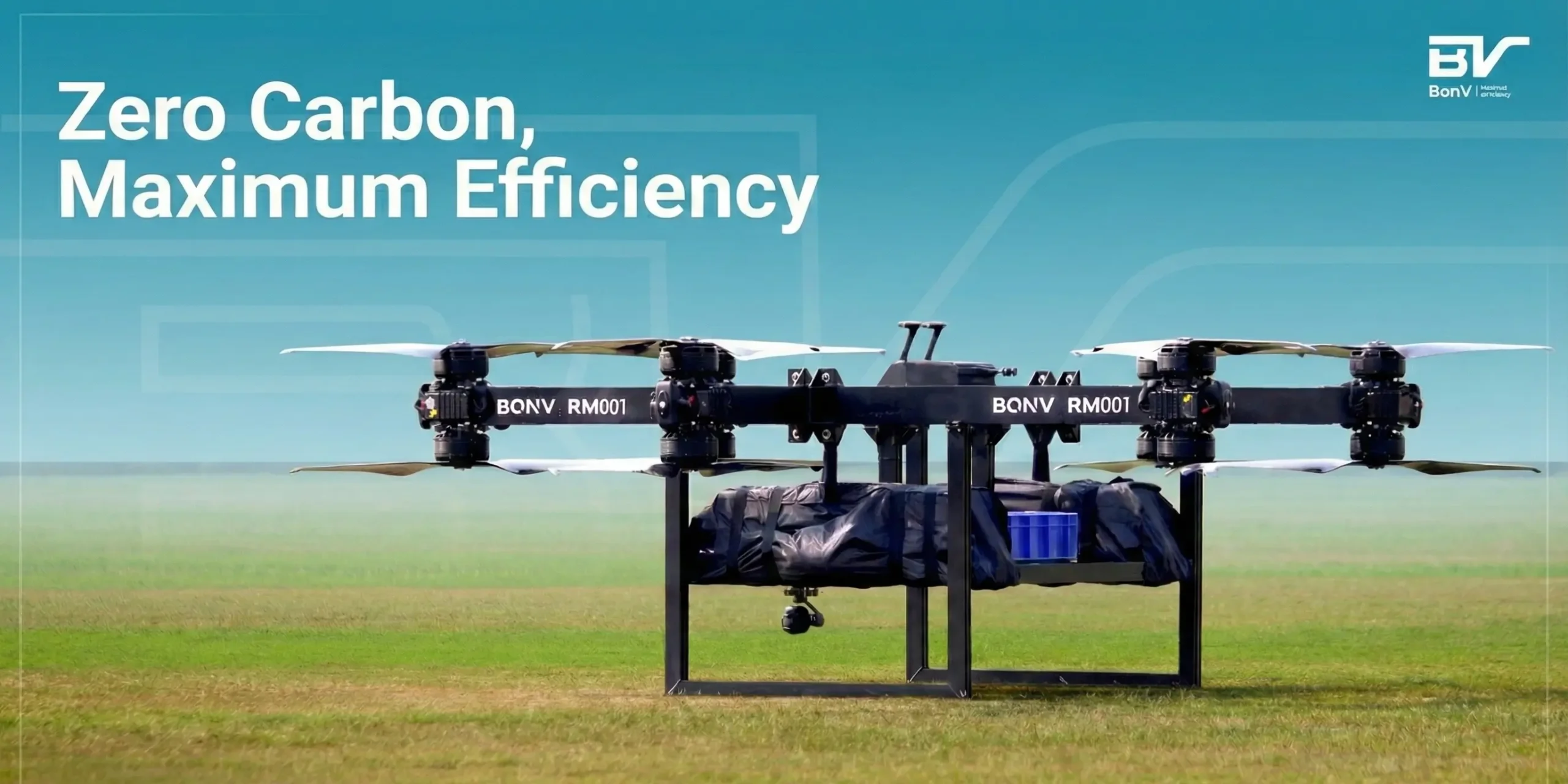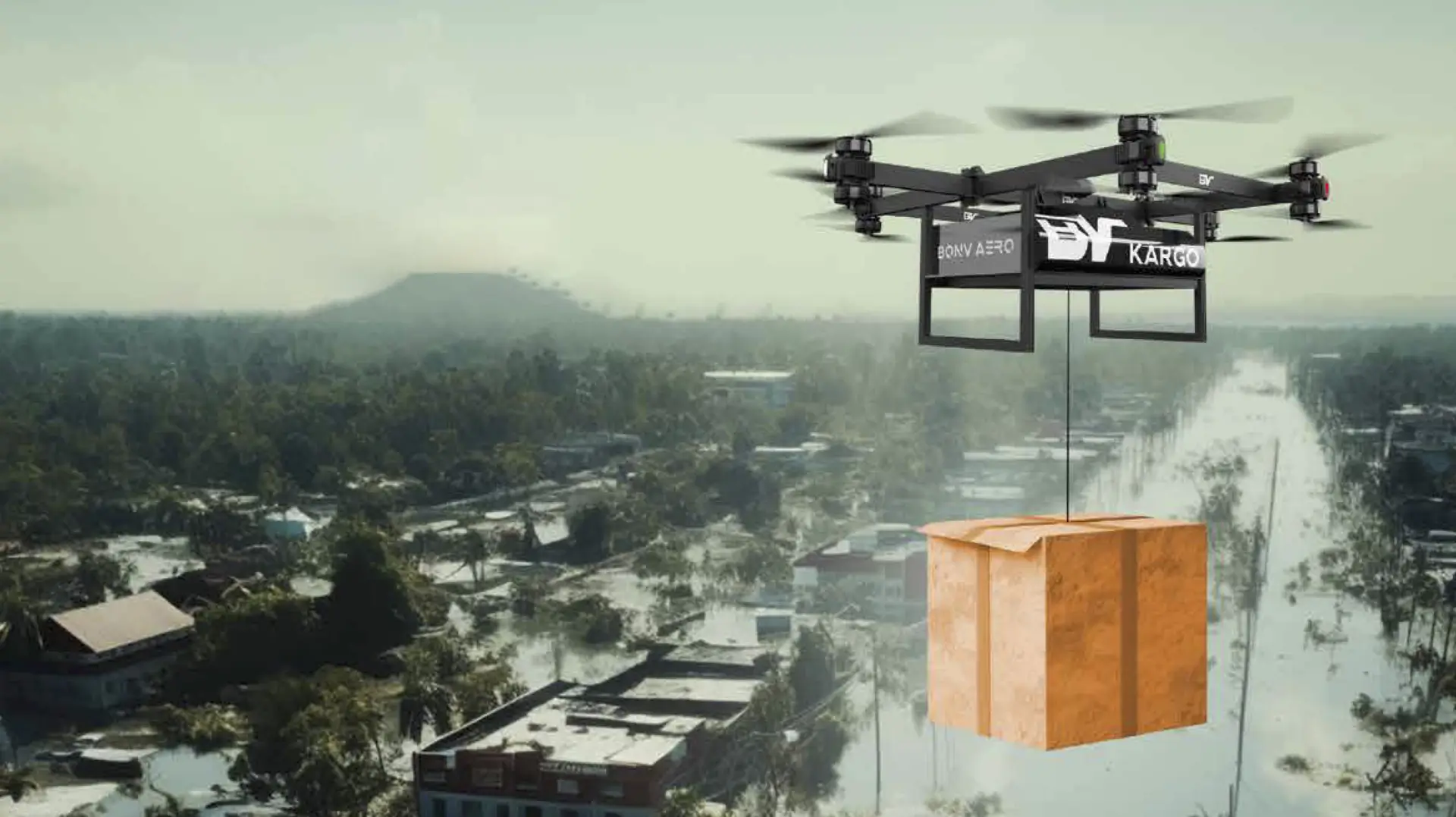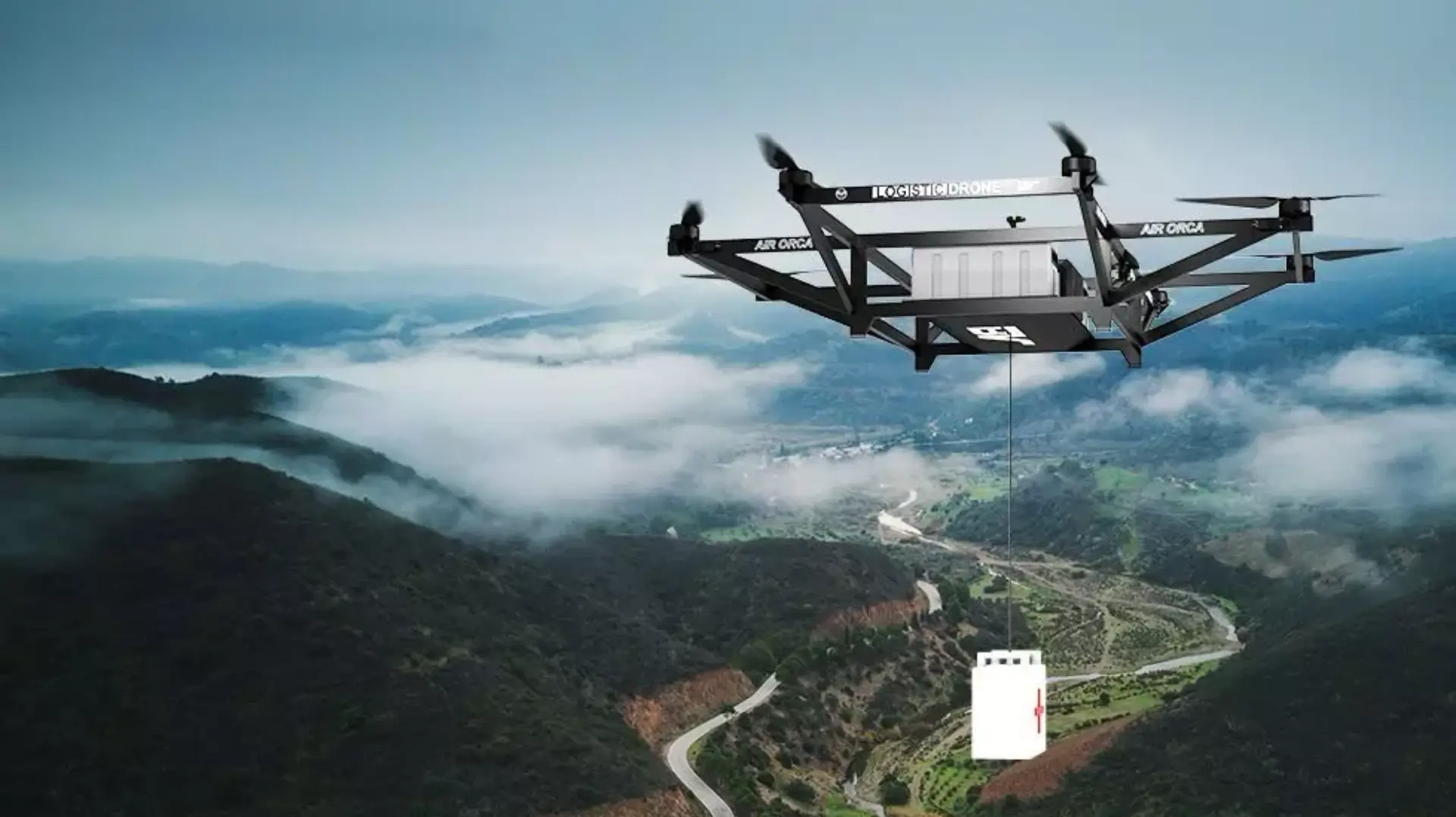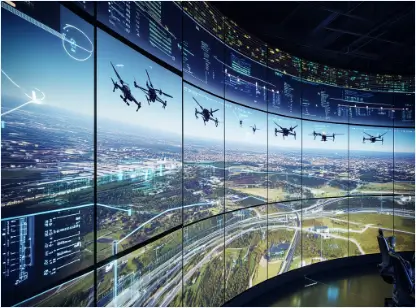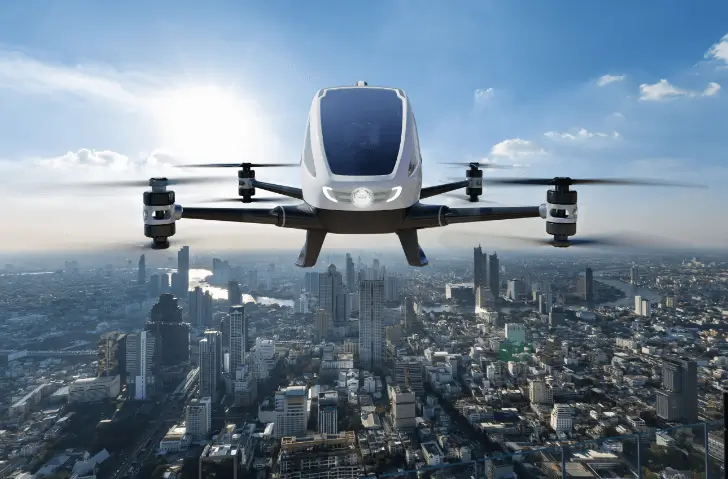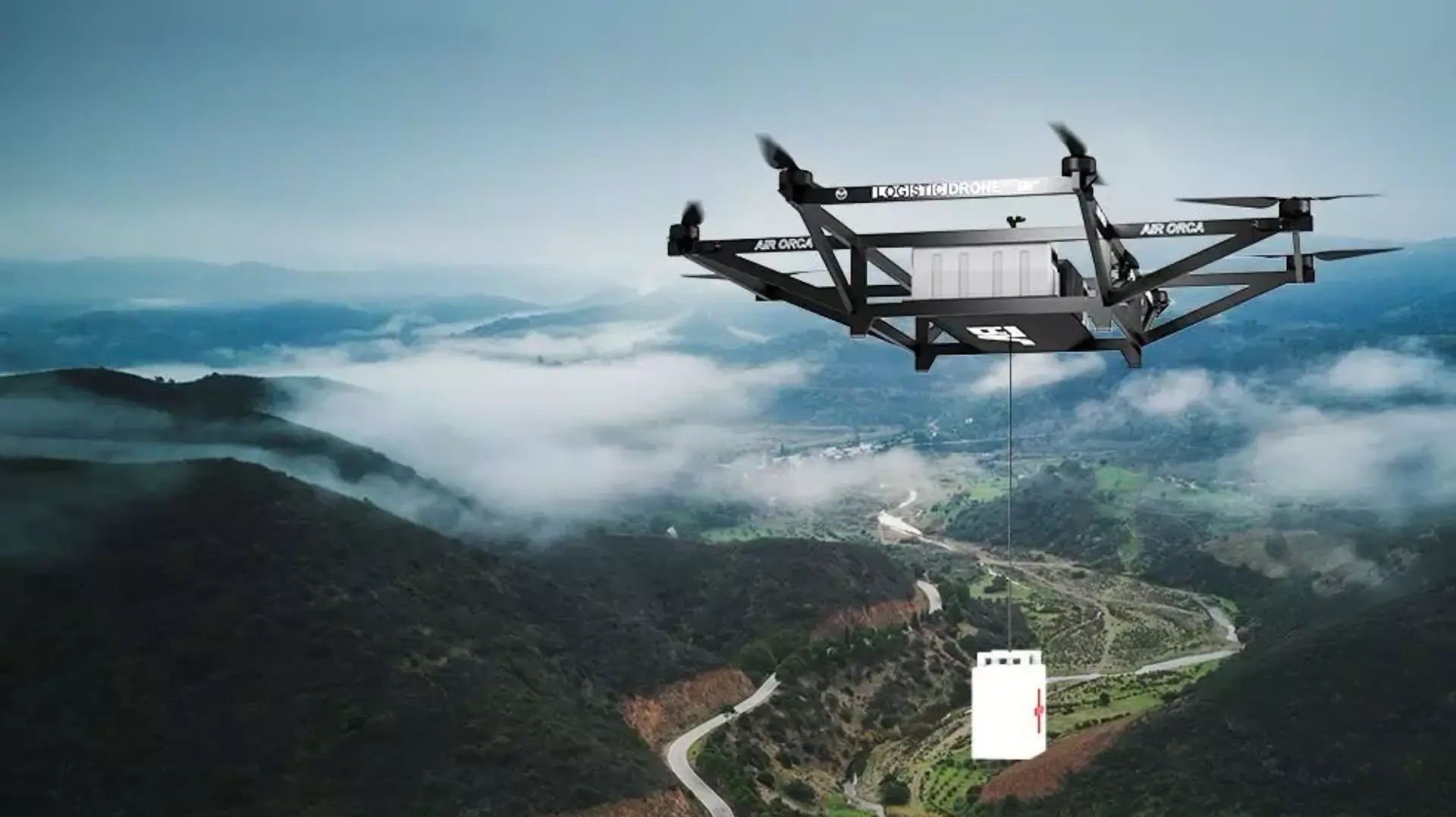Drones have transformed the way we explore, work, and interact with the world around us. From supporting military operations to streamlining logistics and delivery services, these flying machines perform tasks that were once difficult or impossible. But behind every smooth flight and precise manoeuvre lies a network of drone sensors quietly doing their job.
These sensors allow drones to navigate safely, stay balanced in the air, detect obstacles, and respond to changing environments. In this article, we explore the different types of UAV sensors, how they help drones fly safely, and the latest technologies shaping the future of drone navigation and flight stability. By the end, you’ll understand how these sensors make drones smarter, more reliable, and capable of handling a wide range of tasks.
Drone Sensor Market Overview
According to MarketsandMarkets, the global drone sensor market was valued at USD 1.4 billion in 2024, increased to USD 1.5 billion in 2025, and is projected to reach USD 2.5 billion by 2029, growing at a CAGR of 12.1% between 2024 and 2029.
This rapid growth highlights the increasing dependence on advanced sensor architectures to improve navigation accuracy, flight stability, collision avoidance, and autonomous decision-making across commercial, industrial, and defence UAV applications.
What Are the Different Types of Drone Sensors?
Drones rely on a variety of UAV sensors to understand their environment, maintain stability, and carry out missions with precision. These sensors can be broadly grouped according to their purpose:
1. Navigation Sensors – These are the drone’s internal GPS and orientation systems, helping it determine its exact position, speed, and direction. They are essential for precise routing, automated flight paths, and safe operation even in complex environments.
- Used in: Delivery drones, agriculture drones, and military UAVs for precise navigation and route control.
2. Flight Stability Sensors – Gyroscopes, accelerometers, and barometers fall into this category. They monitor the drone’s movement and balance, ensuring smooth and stable flight, even in windy or turbulent conditions. Without these, drones would struggle to maintain control and could easily drift off course.
- Used in: Photography drones, inspection drones, and crop-monitoring drones where steady hovering is essential.
3. Obstacle Detection Sensors – Drones use ultrasonic, infrared, LiDAR, or vision-based sensors to “see” obstacles in their path. These sensors enable real-time avoidance, protecting both the drone and its surroundings from collisions.
- Used in: Logistics drones and military UAVs to prevent collisions in complex environments.
4. Environmental Sensors – Temperature, humidity, wind speed, and air pressure sensors provide critical information about the drone’s operating conditions. This data helps optimise flight performance and ensures safe operation in changing weather conditions.
- Used in: Agriculture drones, environmental survey drones, and disaster-response UAVs to adapt to changing conditions.
5. Payload Sensors – Depending on the mission, drones can carry specialised sensors such as cameras, thermal imagers, or LiDAR scanners. These collect valuable data for applications ranging from military reconnaissance and logistics monitoring to mapping and surveillance.
- Used in: Military drones for reconnaissance, agriculture drones for crop health monitoring, and logistics drones for inventory and package scanning.
Each type of sensor plays a unique role in the drone’s “intelligence,” allowing it to operate safely, efficiently, and autonomously.
How Do Navigation Sensors Help Drones Fly Safely?
Navigation sensors are the foundation of a drone’s ability to fly accurately and safely. These typically include GPS modules, magnetometers, gyroscopes, and accelerometers. GPS allows the drone to pinpoint its exact location, while magnetometers help it maintain the correct orientation relative to the Earth’s magnetic field. Gyroscopes and accelerometers monitor movement and tilt, enabling the flight control system to keep the drone balanced and stable.
By combining these sensors, drones can follow precise flight paths, hover steadily over a target, and return safely to their launch point even in challenging or unfamiliar environments.
How Does LiDAR Work on Drones?
LiDAR, or Light Detection and Ranging, is an advanced sensing technology that allows drones to “see” their surroundings in three dimensions. It works by emitting rapid laser pulses towards objects or the ground and measuring how long the light takes to bounce back. This data is then converted into highly detailed 3D maps, capturing the shape, distance, and structure of objects with remarkable accuracy.
LiDAR-equipped drones are particularly valuable for operations where precision and safety are critical:
- Military drones use LiDAR for reconnaissance, terrain mapping, and planning safe flight paths in complex or hostile environments.
- Logistics drones employ LiDAR for navigating urban landscapes, avoiding obstacles, and safely landing packages in tight or cluttered areas.
- Maritime drones rely on LiDAR to scan coastlines, detect obstacles, and support navigation over water where GPS signals may fluctuate.
- Agriculture drones use LiDAR for detailed field mapping, identifying crop patterns, and planning automated spraying routes efficiently.
Unlike GPS alone, LiDAR provides highly reliable data even in areas with limited satellite coverage or complex surroundings, making it an indispensable sensor for advanced UAV operations.
What Sensors Are Used for Obstacle Detection?
Avoiding collisions requires a combination of advanced sensors working together. Key obstacle detection sensors include:
- Ultrasonic sensors – Use sound waves to detect nearby objects, providing quick proximity information.
- Infrared sensors – Sense heat or closeness of obstacles, helping to identify objects in low-light or complex conditions.
- Vision-based cameras – Capture visual data to identify obstacles and feed it to intelligent algorithms for analysis.
- LiDAR – Creates precise 3D maps of the surroundings, allowing for accurate detection of potential hazards.
By integrating multiple sensors, systems can react quickly to changing environments, avoid obstacles effectively, and operate safely even in cluttered or confined spaces.
Why Is Sensor Fusion Important?
No single sensor can provide a complete understanding of the environment. Sensor fusion combines data from multiple sensors to create a more accurate and reliable perception of the surroundings.
For instance, information from GPS can be combined with inertial measurements, LiDAR, and vision-based data to maintain stability and spatial awareness, even in areas with limited signal coverage. Sensor fusion not only enhances stability and obstacle detection but also enables more sophisticated autonomous operations by providing a comprehensive understanding of the environment.
Emerging Sensor Technologies
Sensor technology continues to evolve, offering new capabilities and improved performance:
- Hyperspectral sensors: Capture a wide spectrum of data, useful for monitoring and analysis in complex environments.
- Thermal imaging sensors: Detect heat signatures, enabling operation in low-visibility conditions.
- Next-generation LiDAR: Provides faster scanning speeds and higher-resolution mapping.
- AI-powered vision sensors: Analyse visual data in real time, supporting autonomous decision-making and obstacle recognition.
These innovations are pushing the limits of what sensor systems can achieve, making operations smarter, safer, and more efficient across a wide range of tasks.
Inside the World of Drone Sensors
The world of drones is evolving rapidly, and the technology behind them is only becoming more sophisticated. Sensors are no longer just supporting tools; they are the intelligence that allows drones to operate autonomously, safely, and efficiently in diverse environments. From detecting obstacles to interpreting complex surroundings, these systems are shaping the future of aerial technology.
At BonV Aero, we take pride in our expertise as drone manufacturers in India, designing UAVs that combine cutting-edge sensors with robust performance. By focusing on innovation and reliability, we aim to deliver solutions that empower industries, enhance operations, and unlock the true potential of unmanned aerial technology.

Abinash Sahoo is Co-Founder of BonV Aero and a seasoned aerospace engineer. His hands-on eVTOL experience and love for exploring remote India inspire his mission to improve aerial mobility in hard-to-reach regions.

